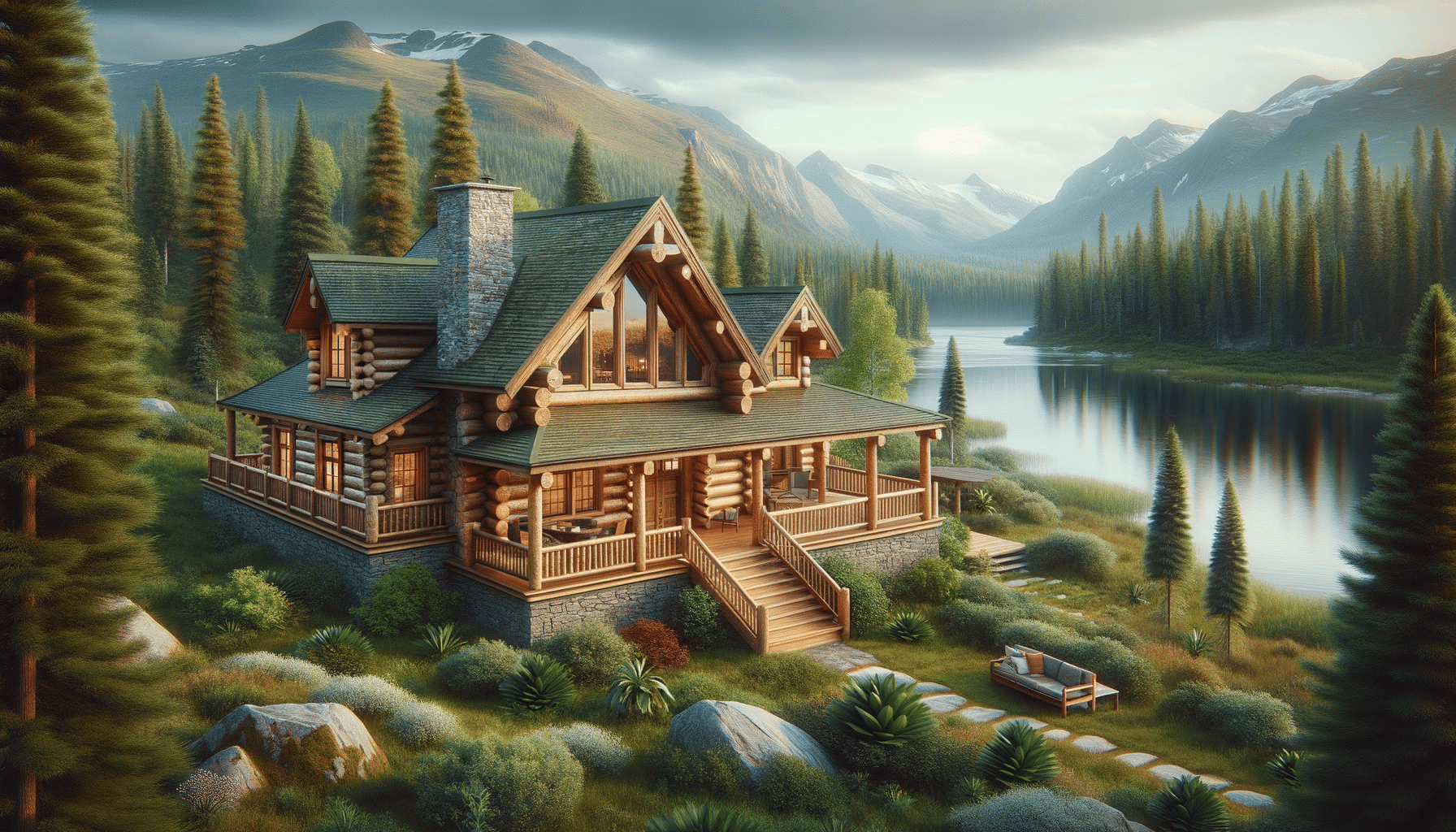Exploring the Timeless Charm and Modern Appeal of Log Cabins
Log cabins, with their rustic charm and enduring appeal, continue to capture the imagination of many seeking a unique blend of tradition and modernity.

The Historical Significance of Log Cabins
Log cabins have a storied history that dates back centuries, serving as a testament to the resourcefulness and ingenuity of early settlers. Originating in Northern Europe, these structures were brought to North America by Scandinavian immigrants in the 17th century. The simplicity of construction using readily available timber made log cabins a practical choice for settlers in forested regions. These early cabins were often single-room structures, providing essential shelter and warmth. As communities grew, so did the complexity of log cabins, evolving from basic shelters to more elaborate homes with multiple rooms and amenities. The historical significance of log cabins lies not only in their construction but also in their role as symbols of pioneering spirit and self-reliance.
Architectural Features and Styles
Log cabins are renowned for their distinctive architectural features, which vary significantly based on regional influences and available materials. A key feature of traditional log cabins is the use of interlocking logs, typically with notched corners to ensure stability and weather resistance. The styles of log cabins can range from rustic, with rough-hewn logs and minimal finishing, to more polished designs featuring milled logs and modern conveniences. In the United States, the Appalachian style is characterized by its simplicity and functional design, while the Adirondack style often incorporates decorative elements and larger structures. Modern log cabins may include features such as large windows, open floor plans, and eco-friendly materials, blending traditional aesthetics with contemporary living needs.
Modern Uses and Popularity
Today, log cabins have transcended their original function as frontier homes to become popular vacation retreats and permanent residences. Their enduring appeal lies in the unique combination of rustic charm and modern comfort. Many people are drawn to the idea of a log cabin as a getaway from the hustle and bustle of urban life, offering a peaceful retreat in nature. The rise of eco-conscious living has also fueled interest in log cabins, as they are often constructed using sustainable materials and methods. Additionally, the versatility of log cabins allows for customization to suit individual tastes and needs, making them a popular choice for those seeking a distinctive and personalized home.
Building and Maintenance Considerations
Constructing a log cabin requires careful planning and consideration of several factors. The choice of wood is critical, with options ranging from pine and cedar to more exotic hardwoods, each offering different levels of durability and aesthetic appeal. Proper site selection is also essential to ensure adequate drainage and protection from environmental elements. Once built, log cabins require regular maintenance to preserve their structural integrity and appearance. This includes sealing and staining the logs to prevent weather damage and inspecting for signs of insect infestation or rot. Despite these challenges, many find the upkeep of a log cabin to be a rewarding endeavor, contributing to the cabin’s longevity and charm.
The Cultural Impact of Log Cabins
Log cabins hold a special place in the cultural landscape, often associated with notions of simplicity, independence, and a connection to nature. They are celebrated in literature and folklore, symbolizing the pioneering spirit and the rugged individualism of early settlers. This cultural resonance continues today, with log cabins appearing in movies, television shows, and advertisements as icons of rustic living. The appeal of log cabins extends beyond their physical structure, tapping into a deeper desire for a lifestyle that values tradition, craftsmanship, and a harmonious relationship with the natural world. As such, log cabins remain a beloved and enduring symbol of both the past and the promise of a simpler, more grounded way of life.